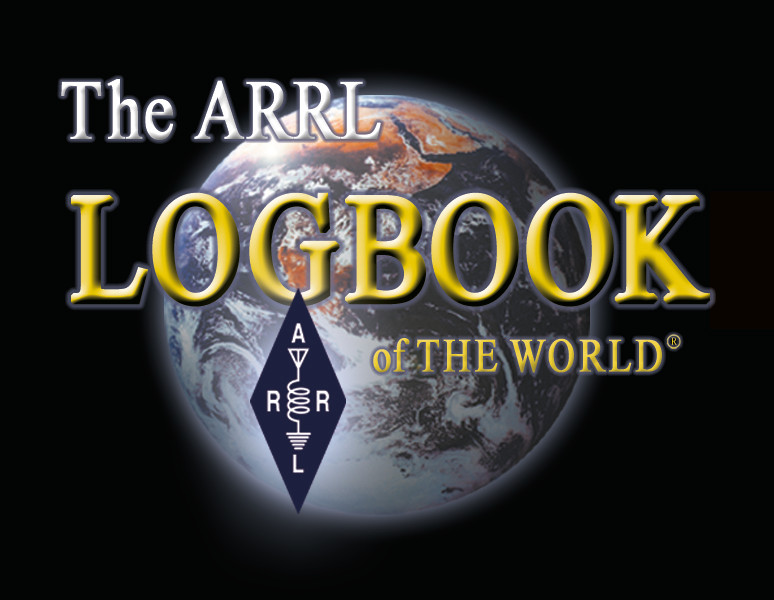Installing or Upgrading TQSL
The TQSL application used by LoTW is free to download and use, and is available for Microsoft Windows and Apple OS X. If you are running anti-spyware or anti-malware applications such as Bit Defender, configure these applications to allow TQSL to run.
Note: TQSL can submit digitally signed QSOs and Callsign Certificate requests to LoTW via the internet. The firewall or another anti-malware application on your computer may by default prevent TQSL: from accessing the internet. Consult the documentation for the application you're using to learn how to declare TQSL as "safe" so it can access the internet.
The current version of TQSL is 2.7.2. If you have TQSL version 1.1.3 or earlier installed on your computer, you should uninstall it first; if you have TQSL version 1.1.4 or later, installing the current version of TQSL will replace it. However, if TQSL is running, you must terminate it before upgrading.
Installing TQSL on Microsoft Windows
TQSL will run on the following versions of Microsoft Windows:
- Windows 2000
- Windows NT
- Windows XP (32-bit and 64-bit)
- Windows Vista (32-bit and 64-bit)
- Windows 7 (32-bit and 64-bit)
- Windows 8 (32-bit and 64-bit)
- Windows 10 (32-bit and 64-bit)
- Windows 11 (64-bit)
Download latest version of TQSL for Windows here . If your web browser does not automatically start the TQSL installer, direct Windows to run the downloaded .msi (Microsoft Installer format) file, either by telling the browser to open it, double clicking on it or by right clicking on it and selecting Install (or Open).
Do not run the TQSL Installer as Administrator! What that means is do not right click on the installer and select Run as admistrator. It also means do not run the TQSL installer from the (normally hidden & disabled) Adminstrator account. Just open up the installer "normally" by right clicking on it and selecting Install.
The TQSL installer does need to be run from an account which has Administratve privledges. The initial user account supplied with the typical home PC comes with administrative privledges. The installer will request to be be granted admnistrative privledges when required by means of the standard Windows' User Acess Control (UAC) pop-up mechanism. If the account from which the TQSL installer is being run lacks sufficeint Administrative privledges then, instead of the UAC pop-up, a diaglog box will appear requesting the username and password of an Administrative user.
Installation of TQSL in a location other than Program Files (x86) (or Program Files) is not supported, please don't ask for assistance for how to do this. Installation of TQSL on a work or school PC where the user is not authorized to install programs is not supported, please do not ask for assistance for how to do this. Runnning TQSL as Adminstrator or from the (normally hidden & disabled) Administrator account is known to lead to problems and is not supported, please do not ask for assitance for how to do this or assitance in recoverig from the problems which result from doing this.
Installing TQSL on Apple macOS (64-bit)
Download the latest version of TQSL for macOS (64-bit) here. This version of TQSL is for 64-bit Intel processors, running macOS 10.6 (Snow Leopard) and later.
There is also a special build of TQSL for legacy Macs that will run on both PowerPC and Intel processors running OS X version 10.4 (Tiger) and later. Download the latest version of TQSL for Legacy Macs here.
Building TQSL for Linux
Linux users can build the software from the source code for the tqsllib library and for the TQSL application, which is available here. ARRL does not maintain packages for the many Linux distributions. For assistance with obtaining a packaged version for your Linux distribution, contact your distribution's maintainer.


